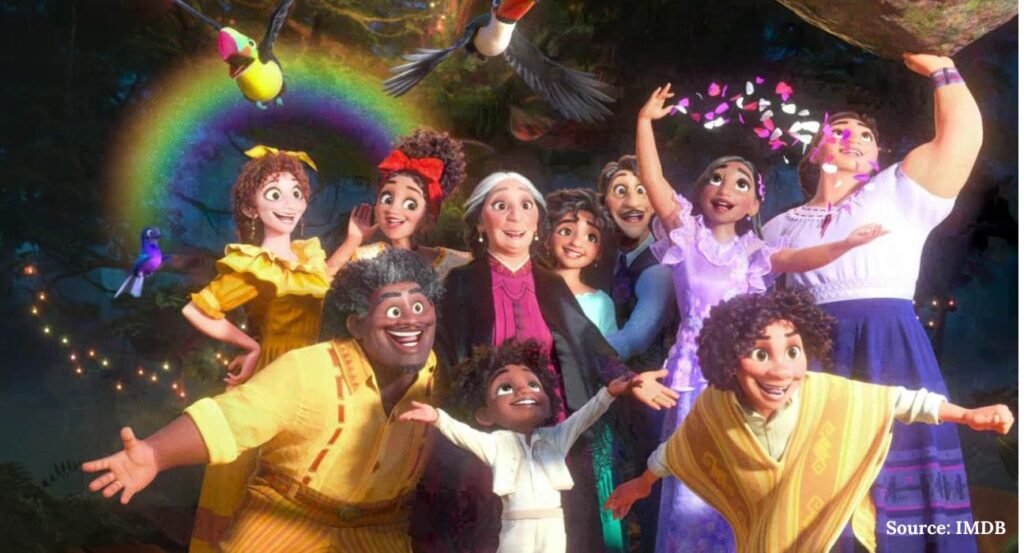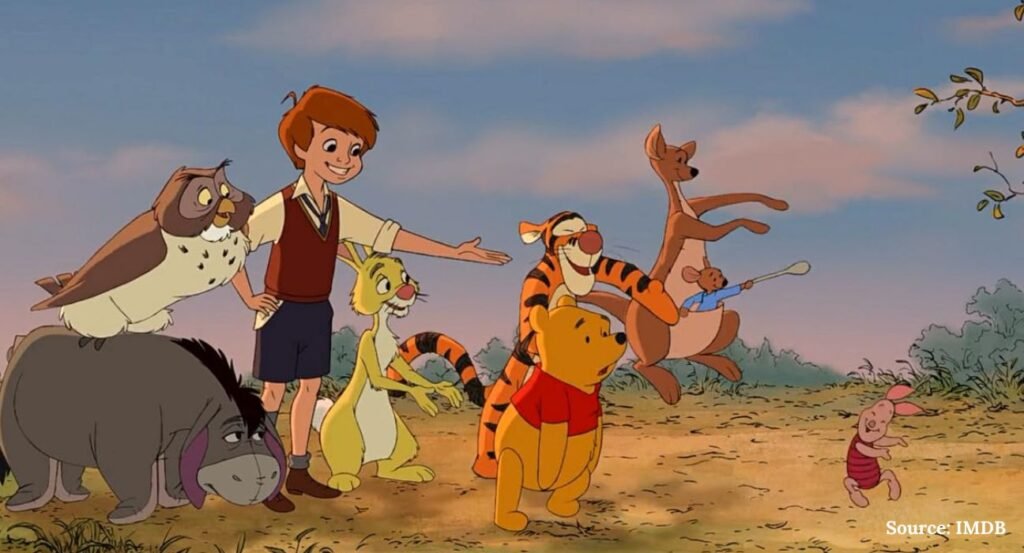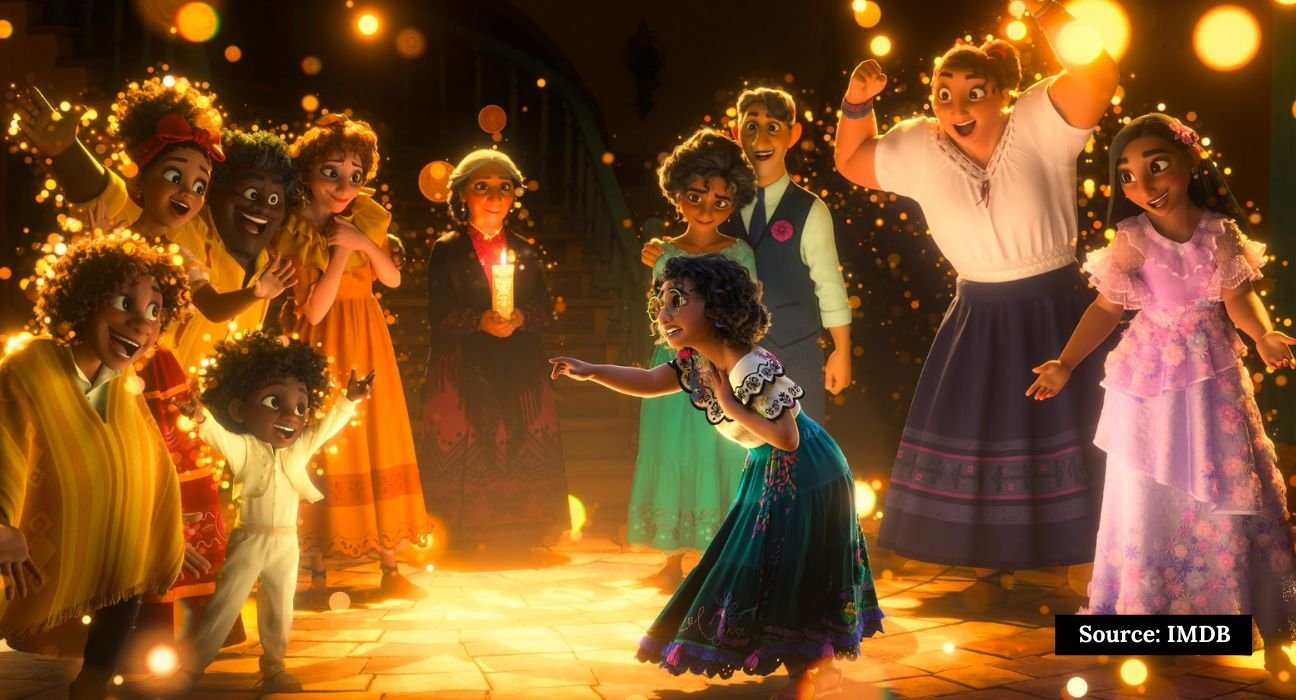Have you ever known anyone who has not watched a single Disney movie? That is hardly possible in present times. What is your favourite Disney movie? Who is your favourite character and why?
Disney movies and shows are extremely well-known around the globe and it is very rare to find someone who is unaware of at least one Disney story. The most famous ones are Cinderella and snow white, they are the classics, however, there are many others as well. Disney has managed to capture the attention of not only children but of people of all ages around the world for years and years. Whenever a new Disney movie is released, it’s not only children of a certain age who are going to watch the shows but people of all ages show up to the theatres to watch the newest Disney movies.
Read More: Can Disney Play a Major Role in Child Development?
The Importance of Media Representation
Media portrayals play an important role in the behaviours of those consuming that media. People tend to mimic what they see both in action and in thought, even if the mimicking is subtle and not visible to open eyes. The things we see on television affect us in more ways than we think they do. Our perceptions of people, places, and things are all affected. At times, media portrayal can shape perceptions for the first time, leading to doubt or change in our viewpoints. This is the case for mostly the younger generation who is consuming media at an increasingly fast pace.
Read More: The Psychology Behind Choosing Your Role Models
The younger generation of nowadays is often referred to as the iPad generation and are addicted to their devices and their source of entertainment comes mostly from the consumption of media. This addiction to media consumption only increased after the COVID-19 pandemic wherein there was a lockdown and media consumption was the only form of entertainment. This mostly affected the younger generation who unlike those before them did not get to play outside and were found to be extremely attached to and addicted to their devices from morning to night consuming all sorts of media.
Depicting Mental Health in Disney
Disney is a fairytale. When people think of Disney they normally think of magical places and happy ever-afters, however, that is not all Disney is about. Disney deals with a lot of mental illnesses and many of the shows depict various mental illnesses through their characters. The songs in dismay also hold deeper meanings than one thinks it does at first glance.
Many people only notice depictions of mental illness when someone points them out, but there are also many individuals who recognize them on their own. Since mental illness is sort of adult-themed despite it being an occurrence in children, therefore adults are more likely to realize the depictions of mental illnesses as compared to children. However, children suffering from mental illness or those who are sensitive to mental health issues. They may see signs and may point out certain depictions that adults beside them may be unaware of.
Read More: Understanding the Adult Content In Cartoon And Animes
Disney’s Exploration of Mental Health Themes
Popular shows like Encanto and Frozen among others showcase mental illness which is very visible to the naked eye and people find it easier to see the depictions of mental illnesses as portrayed by the characters in these shows. The songs in these shows also hold extremely deep meanings and help in better understanding the character whose song it is. For example, in Encanto, the most famous song is “We Don’t talk about Bruno” which talks about Bruno and how he is different from the rest of his family and how he is the black sheep of the family and the family secret that they do not talk about.
Bruno’s neurodivergent nature sets him apart from the rest of his family members and significantly influences how they treat him within the family. One can also notice some sort of a mental issue at play when he is found later to be hiding within the walls of the house and it comes to light that he always joined them for meals through his place in the wall and watched over them through a hole in one of the paintings in the dining room. However, Bruno is not the only character who depicts a mental health issue.

Mirabel, Isabella and Luisa through their songs too expose their inner feelings and how they are suffering mentally in different ways. Mirabel’s song “Waiting on a Miracle” shows how she has to fit into a certain role and how she is from a family that dealt with trauma that she did not face but still feels.
The character of Mirabel is often extremely relatable by many immigrant children whose parents have undergone trauma that still exists within the family in some way or the other and despite them not having faced it in the face, they are living in that traumatic memory in a way with their family and they want out.
The character of Isabella in her song “What Else Can I Do” brings to light how limiting perfection can be and how there are many expectations from her that are both from others as well as from within her and how she is afraid that she may not live up to those expectations and how perfection is a burden that is making her life difficult. Luisa’s song “Surface Pressure” talks about how the pressure she carries. One can see throughout the movie how Luisa is the elder sibling who is always there at everyone’s beck and call and how she always tries to help and be there for everyone.
This could be a sign of codependency wherein she feels that if she is not there for them, they will fall through and so she goes out of her way to always be there for her family. The song also to some extent portrays anxiety. Elder children may be able to relate a lot with Luisa’s character and also may resonate well with the song as it talks about how the pressure is too much and she is about to crack.
Other Disney Characters and Mental Health
In Frozen one can assume that Anna probably suffers from ADHD and that Elsa may have avoidant personality disorder, these are both themes that are prevalent throughout the show and one may notice the signs if they are paying attention and looking out for it. The songs in the show like “Let It Go” and “Into the Unknown” among others also speak a lot about the characters and one must pay attention to the lyrics of the songs to better understand the way the minds of Anna and Elsa work.
Other characters that show mental illnesses in other movies include Dory from Finding Nemo who seems to depict ADHD, Alice from Alice in Wonderland who is probably suffering from schizophrenia, Merida from the show Brave who shows signs of someone who may have an Avoidant Personality Disorder and Rapunzel from Tangled and Belle from Beauty and the Beast who seem to be perfect examples of characters who portray Stockholm Syndrome.
There are also other shows that delve deep into various mental illnesses and one may find various themes related to mental illness if one watches these shows keeping in mind to pay better attention to the signs. A study has shown that the shows Winnie the Pooh and Up were found to provide an accurate representation of depression in line with ICD-10.

Read More: 90’s cartoon and their impact on people’s mental health
Inside Out is another famous show that is often used to understand the relationship with mental illness and does an excellent job at portraying mental illness and spreading awareness about mental health and other issues that affect the mental health of an individual.
It is often assumed that viewing mental illness may lead children to develop mental illness behaviours themselves as children learn through mimicking and may model their behaviours after them. However, this has not been proven to be true. Although one must keep in mind to not expose young children to extreme media portrayals of mental illness until they are of a certain age to not horrify them, children should not be kept away from media that portray mental health issues.
Although in its early years, Disney did a horrible job at showcasing mental illness, which led to certain characters being labelled as mad and also depicted the disorders very wrongly and in an extremely negative light. Shows nowadays are doing a better job of depicting mental illness. It is important that children are made sensitive to mental health issues at a young age and learn to be more accepting therefore media representations of mental health issues are to some level important and should be included in the kind of media that is consumed by children.













Leave feedback about this